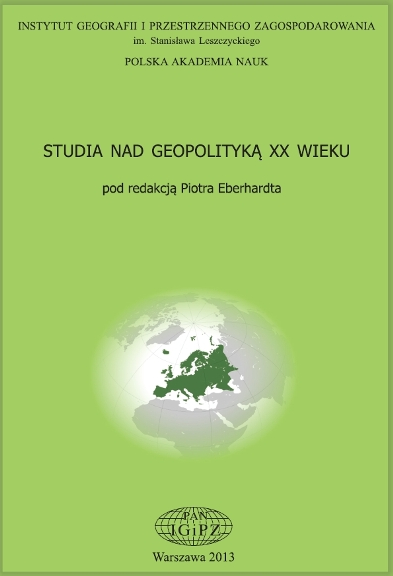
Osłabienie Zachodu jako element zmiany w systemie światowym
The article analyses the current weakening of the West (and of Japan) and the strengthening of emerging powers (BRIC and others) as a stage in the evolution of the world system. For the purpose of this analysis, the article presents a theory of (an approach to) the “dynamics of civilisations” and a brief history of the world system using this approach. According to it, the history of the world is the history of integration of civilisations into a world system. Each civilisation has its core and periphery and its driving forces in the form of ideas, interests, technological means, and agents. Civilisations differ as to their dynamism. There are changes within civilisations: weakening of old centres and emergence of the new ones, which can then become the centres of new civilisations. In one historical moment it was the European civilisation that was the most dynamic, and its expansion integrated the world into a world system. There have been three waves of integration (globalisation) of the world system, separated by the periods of slowdown and disintegration of the world system. After the cold war and the short period of absolute domination of the USA and Western values of liberal democracy and free market, since 2001 a relative weakening of the West and Western values can be observed and the strengthening of the new or returning powers. However, despite this change, the new powers are integrated into the world system and remain still within its periphery as importers of technological innovations and culture, and lag behind the West (centre) in income per capita and quality of life.






